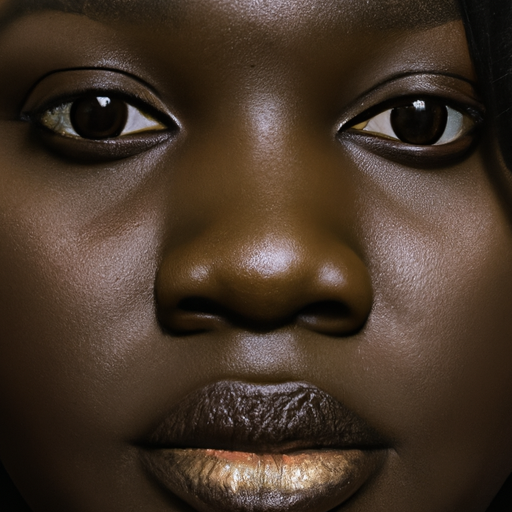As a medical professional, I have witnessed the transformative power of body peels firsthand. This non-invasive procedure can rejuvenate your skin, making it look healthier and more radiant. Body peels are a secret weapon in the fight against aging, sun damage, acne, and other common skin conditions. In this article, we will unveil the magic of body peels and provide a comprehensive guide to achieving radiant skin.
Body peels, also known as chemical peels, are treatments that involve applying a chemical solution to the skin to remove its outer layers. The skin that grows back after a peel is smoother and younger-looking. Body peels can be done on the face, neck, or hands. They can be used to reduce fine lines under the eyes and around the mouth, treat wrinkles caused by sun damage and aging, improve the appearance of mild scars, treat certain types of acne, reduce age spots, freckles, and dark patches, and improve the overall look and feel of the skin.
The magic of body peels lies in their ability to accelerate the natural exfoliation process. Our skin is constantly shedding dead cells and generating new ones. However, as we age or due to certain skin conditions, this process can slow down or become irregular, leading to dull, rough, or uneven skin. Body peels work by removing the outermost layers of dead skin cells, revealing the fresh, new skin underneath.
There are three basic types of body peels: superficial, medium, and deep. Superficial peels use mild acids like alpha-hydroxy acid to penetrate only the outer layer of skin to gently exfoliate it. Medium peels use trichloroacetic or glycolic acid to penetrate the middle and outer layer of skin to remove damaged skin cells. Deep peels use phenol to penetrate the lower dermal layer of skin to remove damaged skin cells. The type of peel you need will depend on your skin condition, skin type, and desired results.
Body peels are generally safe when performed by a qualified and experienced professional. However, like any medical procedure, they do carry some risks, including redness, irritation, and changes in skin color. It’s important to discuss these risks with your doctor before deciding to have a body peel.
After a body peel, your skin will be sensitive to the sun, so you’ll need to wear sunscreen every day and limit your time in the sun. You may also need to avoid certain types of makeup and skincare products for a while. Your doctor will give you specific instructions on how to care for your skin after a peel.
The results of a body peel can be quite dramatic. Many people notice an improvement in the tone, texture, and color of their skin after just one treatment. However, for the best results, you may need more than one treatment. The effects of a body peel are not permanent, but they can last for several months to a few years, depending on the type of peel.
In conclusion, body peels are a powerful tool for improving the appearance of your skin. They can help you achieve a more youthful, radiant look by removing dead skin cells and stimulating the growth of new ones. If you’re considering a body peel, I recommend consulting with a qualified medical professional who can guide you through the process and help you achieve the best possible results. Remember, your skin is your body’s largest organ, and it deserves the best care possible.



